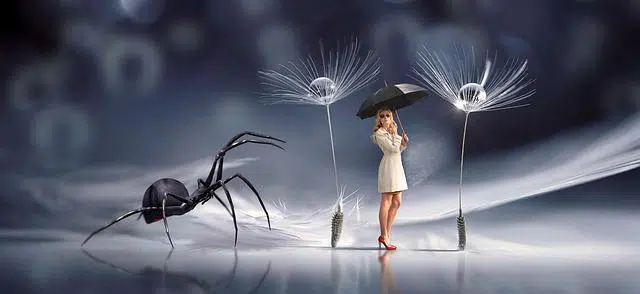
A tiny human being is called a homunculus.
A homunculus is a very small human being . The term, which has its etymological root in the Latin word homuncŭlus , is usually used in a derogatory sense, according to what is indicated by the Royal Spanish Academy ( RAE ) in its dictionary.
The idea of the homunculus burst into alchemy . In ancient times, it was believed that homunculi were humanoids that arose by combining human organs or fragments with other materials : the result was a kind of tiny living hybrid.
Homunculi throughout history
The supposed procedures for creating homunculi were varied and, of course, lacked any type of scientific rigor. From sprinkling a mandrake root with honey, milk and blood to combining mercury with a person's hair or skin, to injecting semen into a chicken egg, multiple processes were postulated that obviously never gave a result that could be verified.
It was also thought that the spermatozoa were homunculi since, given the poor resolution of the oldest microscopes, they were assumed to have the shape of a miniature man . This led to the development of a theory that held that sperm were homunculi that grew in a woman's womb until they were fully formed and born as babies.

In the past, it was believed that a homunculus was a humanoid that could be created from the combination of human fragments or organs with different materials.
The term in literature
In literature , homunculi are understood to be creatures created in laboratories or through rituals . In general, these are beings identical to their creators, although much smaller.
These homunculi often become servants or assistants of those who created them. Sometimes the bond is so close that when the creator dies, the homunculus dies too.
The cortical homunculus
On the other hand we have the concept of cortical homunculus , a representation through drawing of the different parts of the primary motor and primary somatesthetic cortices of the human being. The first is a region of the brain located in the back of the frontal lobe; In conjunction with the premotor areas, it is responsible for the planning and execution of movements . The second, however, is an elevation of the surface of the brain, which is located in the parietal lobe and receives sensations from the peripheral system and localizes them.
The cortical homunculus is a way to visually represent the idea of the body from the point of view of the brain . Let us not forget that each part of our body corresponds to a complex series of neural structures that are controlled in ways that are not obvious to us but that we are capable of executing "by nature."
Classification according to type
In this context we can talk about two different kinds of homunculi: sensory and motor. Both present different representations of the body parts to which they are related. In turn, each portion of our body is framed within the somatesthetic cortex: the more sensitive they are, the larger the region they occupy.
The American neurosurgeon Wilder Graves Penfield , one of the most relevant figures in the study of nervous tissue , used a similar image to represent the body according to the parts of the motor cortex that are involved in voluntary movement. The motor homunculus is often considered a kind of brain map of our body, although it is a proportional relationship between each limb of the body and the cerebral cortex.
The motor homunculus plays a fundamental role in the phenomenon known as phantom limb , a syndrome suffered by people who have undergone the amputation of one of their limbs when they continue to feel its presence. On the other hand, it also serves to study the opposite case, such as the lack of conscious perception of one or more members of the body due to different types of damage to the brain.
